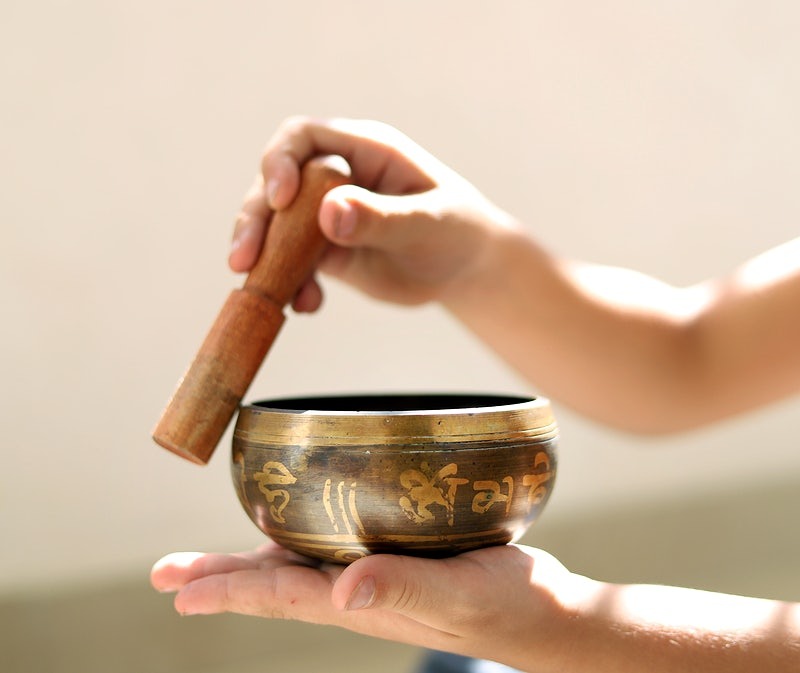
Key Takeaways
-
Hydrotherapy can be a safe and effective way to manage diabetes symptoms at home.
-
It’s essential to maintain the right water temperature to avoid skin damage, especially for those with diabetic neuropathy.
-
Installing a hydrotherapy system at home can be straightforward with the right guidance.
-
Natural skin remedies like mild soaps and herbal additives can enhance the hydrotherapy experience without irritating sensitive skin.
-
Regular maintenance of your hydrotherapy setup ensures lasting benefits and safety.
Why Water Works Wonders
Imagine you’re sinking into a warm bath after a long day. The water envelopes you, and almost instantly, your muscles begin to relax. This isn’t just about comfort—it’s about your health. For those managing diabetes, hydrotherapy, which is essentially water therapy, can be a game-changer. It helps by increasing circulation, which is particularly beneficial as diabetes can impair blood flow, especially to the extremities. It also aids in reducing stress, which is important because stress hormones can raise blood sugar levels.
Setting Up Your Soothing Space
Creating a therapeutic space in your own home doesn’t have to be complicated. It starts with choosing the right location for your hydrotherapy—a place that is calm, private, and comfortable. A bathroom with a tub is ideal, but even a dedicated corner with a foot spa can work wonders. The goal is to create an environment that supports relaxation and wellness.
Next, gather all the essentials you’ll need: soft towels, a non-slip bath mat, and perhaps a waterproof pillow for extra comfort. Keep in mind that you’ll want to avoid any harsh chemicals or heavily fragranced products, as these can be irritating to sensitive diabetic skin.
Most importantly, ensure you have a reliable method to accurately measure water temperature. A simple bath thermometer can prevent the risk of burns from water that’s too hot, a real concern for those who may have reduced sensation due to neuropathy.
Finding the Right Temperature for Therapeutic Baths

When it comes to hydrotherapy for diabetes, the magic is in the temperature. Not too hot, not too cold—just right. The ideal temperature for therapeutic baths should be warm but not exceeding 100°F (37.8°C). This range is warm enough to aid circulation without posing a risk of burns.
Temperature Tips for Sensitive Diabetic Skin
For those with diabetic neuropathy, it’s crucial to monitor the temperature closely. Neuropathy can dull the senses, making it difficult to perceive extreme temperatures, which can lead to accidental scalding. Always double-check the water with a thermometer, and consider the following:
-
Start filling your tub with lukewarm water and gradually add more hot water until you reach the desired temperature.
-
Avoid using the hot water tap directly on your skin.
-
If you’re unsure about the temperature, ask someone else to check it for you.
Adjusting Heat for Maximum Benefit
Hydrotherapy is not just about soaking in warm water; it’s about finding the right balance for your body’s needs. If you’re feeling particularly stiff or sore, a slightly warmer temperature might help loosen up those muscles. On the other hand, if you’re looking to reduce inflammation or cool down after exercise, a cooler bath may be more beneficial. The key is to listen to your body and adjust accordingly.
And remember, while hydrotherapy can be incredibly soothing, it’s not a substitute for your prescribed diabetes management plan. Always consult with your healthcare provider before making any changes to your routine.
Besides that, it’s crucial to keep your sessions short—no more than 20 minutes. Prolonged exposure to hot water can lead to overheating and even dehydration. So keep an eye on the clock, and listen to your body. If you start to feel dizzy or overly fatigued, it’s time to get out.
Step-by-Step Guide to Installing Home Hydrotherapy Systems
Installing a home hydrotherapy system might seem daunting, but it’s quite doable with a bit of planning. First, decide whether you’re going for a full-sized tub or a smaller unit like a foot spa. Then, gather the necessary tools and equipment. If you’re not handy with tools or plumbing, hiring a professional is a smart move. Safety and proper installation are paramount, especially when water and electricity are involved.
Selecting the Perfect Hydrotherapy Tub for Your Home
Choosing the right tub is essential. For those of us with mobility issues, a walk-in model could be a game-changer. It’s easier to enter and exit, and many come with built-in safety features like handrails and anti-slip flooring. Size and depth are also important—make sure it fits your space and your body comfortably. Look for a tub with adjustable jets; they’re great for targeting specific areas that need a little extra TLC.
And don’t forget about maintenance. A tub with easy-to-clean surfaces and accessible filters will save you time and hassle in the long run. Think long-term—this tub isn’t just a purchase, it’s an investment in your health.
Assembling Your Hydrotherapy Haven
Once you’ve got your tub, it’s time to set up your sanctuary. Make sure your space is equipped with GFCI outlets to prevent any electrical mishaps. If you’re using a portable unit, place it on a level surface to avoid spills and ensure even water distribution.
Now, let’s talk ambiance. Soft lighting, perhaps some soothing music, can transform your hydrotherapy session into a spa-like experience. The goal is to create a space that promotes relaxation and healing, so personalize it in a way that makes you feel at peace.
Natural Skin Remedies to Enhance Your Hydrotherapy Experience
Managing diabetes means paying close attention to all aspects of your health, and skin care is no exception. In the context of hydrotherapy, it’s crucial to use skin products that complement the healing properties of water without causing irritation. Natural skin remedies can serve as a beneficial addition to your hydrotherapy routine, enhancing the soothing experience and providing additional benefits to your skin.
Mild Soaps and Gentle Cleansers: Keeping Skin Supple
Choosing the right soap for your hydrotherapy sessions is essential. Your skin can be more sensitive due to diabetes, and harsh soaps can strip away natural oils, leading to dryness and irritation. Look for soaps labeled as ‘mild’, ‘for sensitive skin’, or ‘moisturizing’. These products are usually free from fragrances and dyes, which are common irritants. Ingredients like glycerin, aloe vera, and oatmeal can help maintain the skin’s moisture barrier, keeping it soft and supple.
Herbal Additives for Healing: Lavender, Chamomile, and More

Herbs have been used for centuries to promote healing and relaxation. Adding herbal elements to your bath can provide therapeutic benefits for both your skin and your senses. Consider the following:
-
Lavender: Known for its calming properties, lavender can help reduce stress and promote better sleep, both of which are beneficial for diabetes management.
-
Chamomile: With its anti-inflammatory and soothing effects, chamomile can help calm irritated skin and promote relaxation.
-
Epsom Salts: High in magnesium, Epsom salts can help with muscle relaxation and may aid in reducing inflammation.
Simply add a handful of these natural additives to your bath water and let their healing properties work their magic.
Regular Maintenance for Long-lasting Hydrotherapy Benefits
Maintaining your hydrotherapy equipment is just as important as the therapy itself. Regular cleaning and upkeep will prevent the buildup of bacteria and ensure that your hydrotherapy space remains a sanctuary for health and relaxation. After each use, rinse the tub with clean water and dry it to prevent mildew and limescale. Clean the filters and check the jets regularly to make sure they’re functioning properly.
Additionally, keep an eye out for any leaks or damages to your tub. Addressing these issues promptly will not only prolong the life of your hydrotherapy system but also ensure that each session is as beneficial as the last.
Remember, hydrotherapy is not a one-time treatment; it’s a lifestyle choice. With regular use and proper care, it can become a cornerstone of your diabetes management plan, providing relief and relaxation on a regular basis. So, take the time to maintain your hydrotherapy space—it’s an investment in your health that will pay dividends in the long run.


